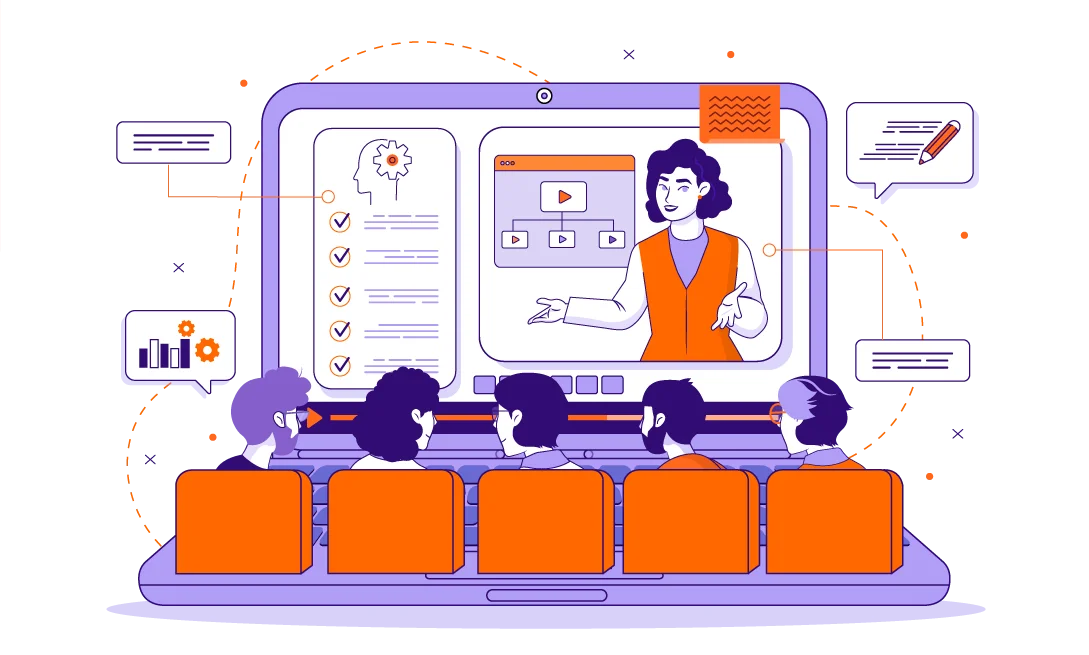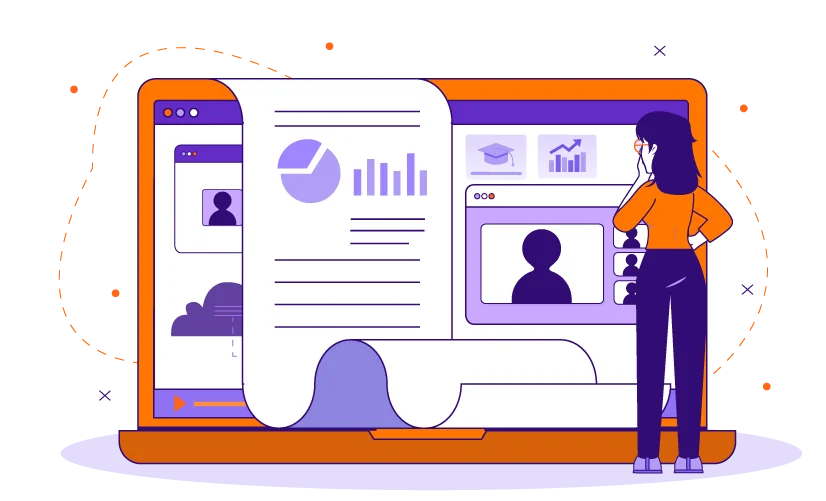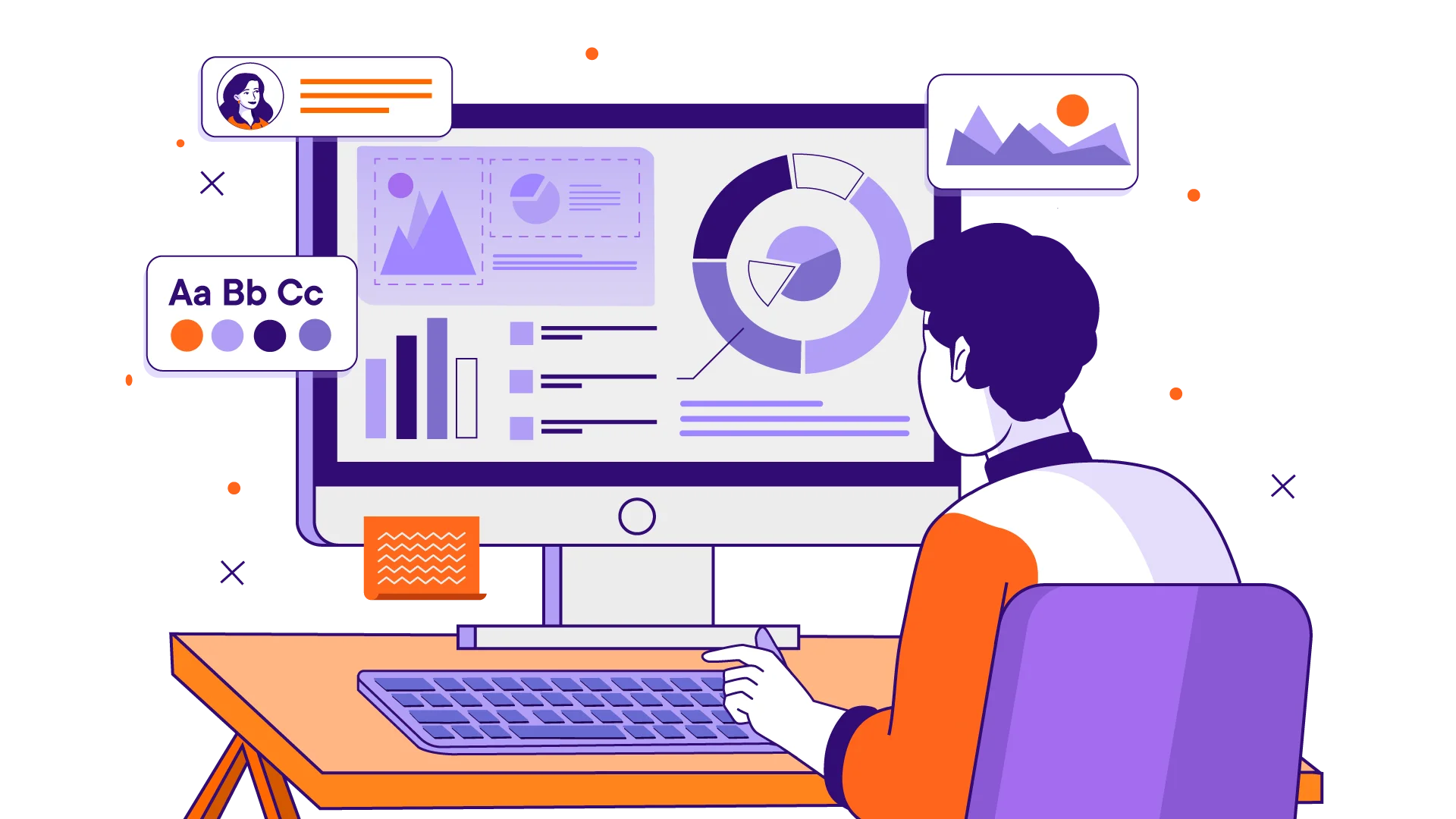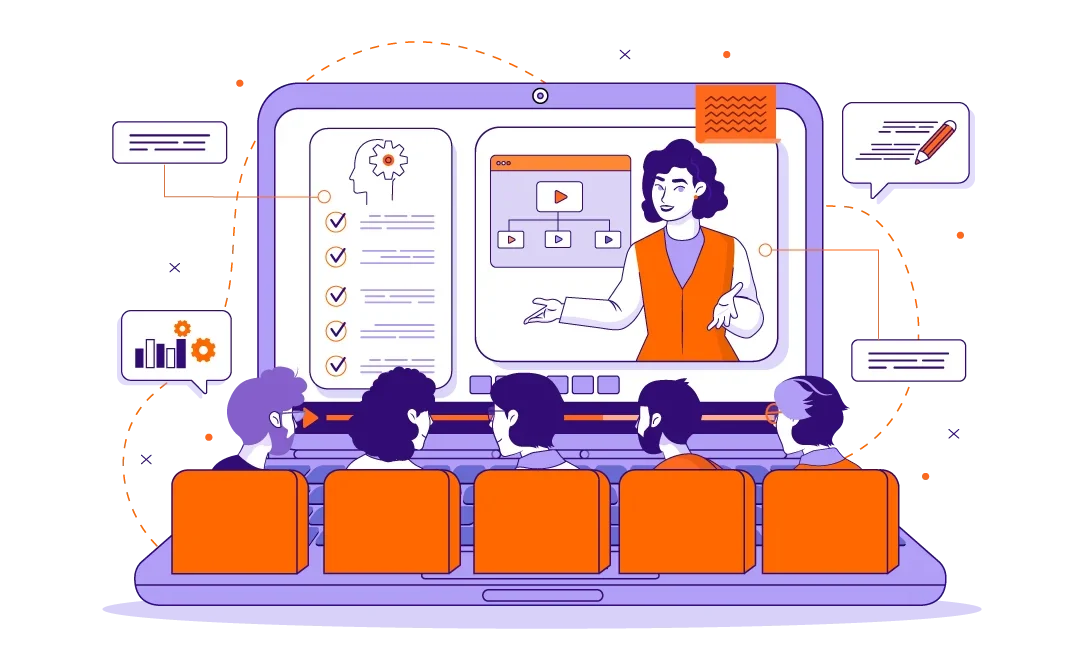
Microlearning vs Traditional Learning: Which Works Best for Employee Engagement
The training landscape is undergoing a rapid shift, with a growing emphasis on bite sized, easily digestible learning experiences. Microlearning is emerging as a learning strategy for delivering just that.
Microlearning vs traditional learning? Before diving into the benefits and applications of microlearning, it’s essential to understand these two approaches. In this article, we’ll explore the key distinctions between microlearning and traditional training, providing examples to illustrate their differences.
What is Microlearning?
Microlearning delivers a bite sized learning experience, typically lasting 2-15 minutes, focusing on a single learning objective. It can come in various media, including video, interactive modules, articles, and flashcards, with microlearning videos being the most common format.
Unlike the traditional long form elearning course, which typically follows a linear structure, microlearning can be easily embedded within larger courses, offering flexibility and customization. This approach allows learners to access specific content as needed, reinforcing key concepts and improving knowledge retention.

What is traditional learning?
Flexibility
Microlearning shines in flexibility, offering learners the freedom to access specific content whenever and wherever they need it. This personalized approach empowers employees to focus on areas where they require improvement or additional knowledge, boosting learning efficiency. In contrast, traditional learning often follows a fixed structure, limiting learners’ ability to tailor their learning experience to their unique needs and goals.
Customization
Both microlearning and traditional learning courses offer flexibility, though in different ways. Microlearning is inherently flexible, as it can be easily tailored to specific roles or skill gaps, providing personalized learning experiences. Traditional learning, while often perceived as less flexible, can also be customized to some extent.
For instance, building a traditional learning course with microlearning assets allows for greater flexibility in content selection and organization. Long form self pace courses can be customized with various sub-assets, enabling learners to focus on specific areas of interest. Additionally, microlearning modules are easily edited without the need to overhaul an entire course.
Pace
Microlearning lets employees set their own learning pace. They have the freedom to dive into new skills whenever they want, making learning feel more like a personal journey than a forced march. Traditional learning, however, often follows a set curreiculum. This one-size-fits-all approach can leave some learners feeling rushed while others get bored waiting for the rest of the group to catch up.
Cost
Microlearning may seem like a budget-friendly option compared to traditional SCORM courses, but the reality is more nuanced. While developing bite sized modules can be cheaper than creating lengthy courses, the cost per topic often evens out when you consider the broader training needs. Both can be designed to be cost-effective. The real advantage of microlearning lies in its usability with specific learning topics.
CEH
Microlearning isn’t always the best fit for earning CEUs, those official credits professionals need for certifications and licenses. Traditional long form courses are often the go-to for this, as they are designed to be longer . But don’t count microlearning out entirely! You can still use bite sized learning to reinforce concepts from your CEU courses, helping you remember what you’ve learned and apply it on the job.
Usability
Microlearning is like a pocket guide for the modern learner – easy to pick up and use in the work environment. Whether you’re tech-savvy or not, you can quickly find and access bite sized lessons, even on your mobile device.
Traditional learning SCORM courses, on the other hand, are more like a textbook. You need the LMS (learning management system) to “open” it, making it less convenient for on-the-go learning or quick reference when you’re trying to troubleshoot a work problem.
Real-world Microlearning Examples
Want to see microlearning in action? Check out our next page, where we break down the different types of microlearning and give you real-world examples of how companies are using it to boost employee knowledge and skills.
Training Video Examples
Types Of Microlearning
Short video Microlearning:
Think of it as the Netflix of training – short, engaging videos that get your message across quickly. It’s a popular format for learners because it’s easy to consume and feels more like entertainment than a lecture. But to boost knowledge retention, you’ll want to pair it with interactive elements like quizzes or simulations to test knowledge and reinforce concepts.
Interactive Microlearning:
This is where the learning gets hands-on. Interactive elements like quizzes, games, and simulations let learners apply their knowledge and get immediate feedback. It’s a great way to keep them engaged and make sure they’re not just passively absorbing information. Plus, it’s perfect for practicing skills in a safe environment before applying them in the real world.
Text-based Microlearning:
Sometimes, a short article, infographic, or checklist is all you need. Text-based microlearning is great for quick reference guides, summaries of key points, or step-by-step instructions. It’s also a good option for learners who prefer to read and digest information at their own pace. But to keep things interesting, try incorporating visuals or interactive elements whenever possible.
Microlearning Effectiveness
Microlearning isn’t just a convenient training method; it’s a powerhouse when it comes to learning effectiveness and learning experience. Studies show that it can boost knowledge retention by up to 80%, meaning your employees are more likely to remember and apply what they’ve learned.
It’s also been shown to increase engagement by a whopping 50%, making learning more enjoyable and less of a chore when compared to long form content. And the numbers don’t stop there. Companies using microlearning have reported a 17% increase in job satisfaction and a 20% boost in employee productivity. The proof is in the pudding – or in this case, the bite sized lessons!

👉 Check out our Interactive Articulate Storyline and Rise Examples in our portfolio and explore the endless possibilities of interactive learning 👈
How to Implement Microlearning
Implementing microlearning in your elearning course requires thoughtful planning but can be a highly cost-effective training method. Begin by identifying the specific learning objectives for your employees, whether it’s onboarding new hires, upskilling current staff, or addressing knowledge gaps. Once you’ve established these goals, break them down into smaller, more manageable chunks of information. These bite-sized lessons should focus on a single concept or skill, making them easier to digest and retain. Check out our Microlearning Templates!
Next, consider the most engaging and effective format for each learning objective. Will a short video demonstration be more impactful than a text-based module? Would an interactive quiz reinforce the knowledge better? Tailor the format to suit the content and the preferences of your learners.
Finally, choose a delivery platform that allows easy access for all employees, whether it’s through your existing LMS (Learning Management System) or a mobile app. Remember, microlearning is about flexibility and convenience, so ensure the content is readily available on various devices. This approach is especially valuable when tackling complex subjects, as it allows learners to revisit specific concepts as needed.
Ready to transform your training and empower your team? Don’t let your employees get lost in a sea of information. Embrace the power of bite sized learning and watch your team’s skills and knowledge soar. Contact us today to explore how microlearning can revolutionize your training program and unlock the full potential of your workforce.
DOWNLOAD YOUR KEY TO KNOWLEDGE
Access Valuable Resources to Fuel Your Learning Journey

